Expansion Tank Installation Location
15 years ago
Featured Answer
Sort by:Oldest
Comments (23)
- 15 years ago
- 15 years ago
Related Discussions
expansion tanks
Comments (17)i think it is undersized it is a 110000 gross btu the house is about 1650 sf but #1 when heat is on and you run the shower it takes forever to get hotwater to the shower and it does not stay hot #2. if it is 30 degrees outside and inside temp is 62 it will run almost 2hours to take temp to 64 degrees.we bought the house back in aug.06 i believe unit to be about 10-15 yrs old aquastat set at 180 hi 160 low diff 10 takes about 3min-40seconds to heat circ runs about 32 seconds before it shuts off for low water temp....See MoreExpansion tank sizing for tankless heater?
Comments (6)A tankless heater should have little impact on expansion tank size. The only time it heats water (causing expansion) is when a faucet is open. Expansion tanks are needed for closed systems (or if required by law) that heat large volumes of water when NO faucet is open. The expansion of the water in the tank has no place to go except to raise pressure in a closed system (or force some water back into the distribution lines in an open system)....See MoreExpansion tank
Comments (5)The T&P valve on the WH is not intended to mitigate thermal expansion... it is a safety device. An expansion tank is required by code in a closed plumbing system to mitigate thermal expansion but it should be installed on the cold supply to the WH not on the hot side. Make triple sure the expansion tank is installed on the hot side and then call the plumber back to correct his mistake. You can learn about thermal expansion by clicking here...See MoreExpansion tank failed
Comments (10)The purpose of the ball valve is to make it easier to switch out the tank when it fails. You can close the valve and unscrew the tank from the valve. I suggest holding the valve with a wrench to keep it from turning when unscrewing the tank. You may need an extra set of hands to do this. I am sure you can find a YouTube video on how to do this. Is your house connected directly (no check valve or pressure reducer) to a municipal water supply? If it is then I question the need for an expansion tank....See More- 15 years ago
- 15 years ago
- 15 years ago
- 15 years ago
- 15 years ago
- 15 years ago
- 15 years ago
- 15 years ago
- 15 years ago
- 15 years ago
- 15 years ago
- 15 years ago
- 15 years ago
- 15 years ago
- 15 years ago
- 15 years ago
- 15 years ago
- 15 years ago
- 15 years ago
- 12 years ago
Related Stories
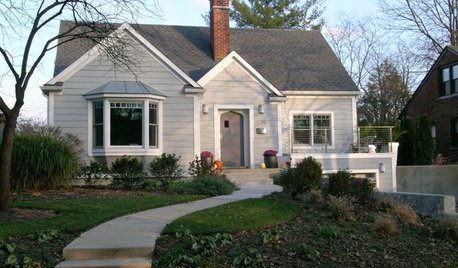
REMODELING GUIDESOne Big Happy Expansion for Michigan Grandparents
No more crowding around the Christmas tree. Friends and extended family now have all the elbow room they need, thanks to a smart addition
Full Story
BEFORE AND AFTERSKitchen Expansion Is a Crowd Pleaser
A modern makeover and clever new layout make this New Jersey kitchen a hotspot for friends and family
Full Story
CONTEMPORARY HOMESHouzz Tour: Home Expansion Lets the Sunshine In
A Dublin home expands to accommodate a couple’s growing family and their love of entertaining
Full Story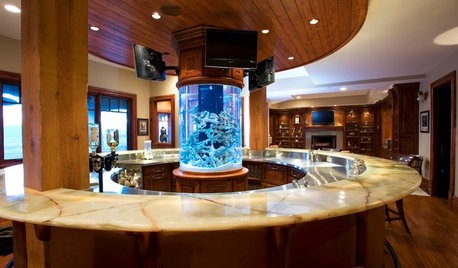
DECORATING GUIDESDesigning Nemo: 30 Fish Tanks Make a Decorative Splash
Bring an otherworldly glow and a calming vibe to your home with the living art of an aquarium
Full Story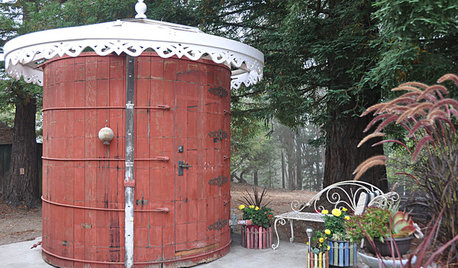
OUTBUILDINGSSee an Outdoor Bathroom Made From a Water Tank
This repurposed fixture in a California backyard is now the owners' favorite bathing spot
Full Story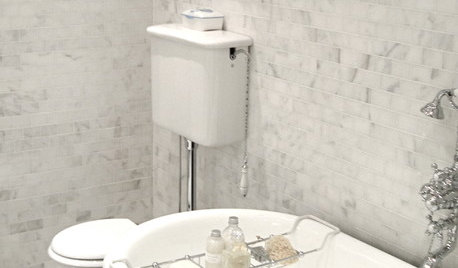
VINTAGE STYLEVintage Style: High-Tank Toilets
Homeowners are adding the feeling of yesteryear in today’s bathrooms
Full Story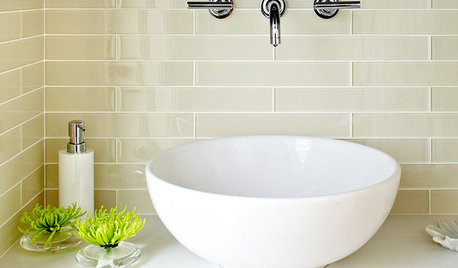
REMODELING GUIDESFinishing Touches: Pro Tricks for Installing Fixtures in Your Tile
Cracked tile, broken drill bits and sloppy-looking fixture installations? Not when you follow these pro tips
Full Story
KITCHEN COUNTERTOPSWalk Through a Granite Countertop Installation — Showroom to Finish
Learn exactly what to expect during a granite installation and how to maximize your investment
Full Story
DOORS5 Questions to Ask Before Installing a Barn Door
Find out whether that barn door you love is the right solution for your space
Full Story
HOUZZ TOURSMy Houzz: French Colonial Mansion in India
A businessman's gracious, expansive beach house welcomes a host of international visitors
Full Story




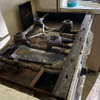
User